Empowering Threads: How Women in Weaving Transform Lives and Livelihoods
Weaving stands as an ancient craft deeply interwoven with the fabric of human history. Across cultures and time, women have been at the forefront of this tradition, not just as practitioners but as pillars of economic sustenance and cultural preservation. Today, we explore the profound impact of women in weaving and how it has enhanced their livelihoods.
A Legacy of Tradition and Skill
Throughout history, women have been the custodians of weaving traditions, passing down their skills through generations. In many societies, weaving was not merely a household chore but a revered art form, with women playing pivotal roles in preserving cultural heritage through their intricate designs and techniques.
The earliest evidence of weaving dates back to around 27,000 years ago, with discoveries of ancient textiles in caves and archaeological sites. Women were central to these early weaving practices, using primitive tools and natural fibers to create fabrics for clothing, shelter, and ceremonial purposes.
As civilizations evolved, so did the art of weaving. From the sophisticated looms of ancient Egypt to the intricate patterns of pre-Columbian cultures in the Americas, women continued to innovate and refine their weaving techniques, often incorporating symbolic motifs and cultural narratives into their creations.
The Resurgence of Weaving
In the contemporary landscape, weaving is experiencing a resurgence, blending traditional craftsmanship with modern innovation. Women artisans, particularly in rural communities, are revitalizing age-old techniques and creating contemporary designs that resonate with global markets.
Handloom weaving, once a staple of household production in many parts of the world, faced a decline with the rise of industrialization. However, in recent years, there has been a renewed interest in traditional crafts and sustainable practices, leading to a resurgence of handcrafted textiles.
In countries like India, Bangladesh, and Ethiopia, handloom weaving remains a vital source of income for millions of women. These artisans often work from home or in cooperative settings, producing a wide range of textiles, from intricate sarees and shawls to vibrant tapestries and rugs.
Similarly, in regions like Guatemala, Mexico, and Peru, indigenous women continue to practice traditional weaving techniques passed down through generations. Backstrap weaving, a method where the weaver uses her body to tension the loom, is still prevalent in many rural communities, producing textiles renowned for their beauty and craftsmanship.
Economic Empowerment through Weaving
One of the most significant impacts of women's involvement in weaving is economic empowerment. In many developing countries, weaving offers women a pathway out of poverty and dependence. By leveraging their skills and creativity, women artisans are not only providing for their families but also contributing to the economic development of their communities.
The income generated from weaving often goes beyond meeting basic needs, allowing women to invest in education, healthcare, and other essential services for themselves and their families. In some cases, weaving cooperatives or social enterprises provide additional support, such as training, access to markets, and fair wages, further empowering women to improve their livelihoods.
Challenges and Opportunities
Despite the benefits, women in weaving face numerous challenges, including limited access to markets, resources, and sometimes gender-based discrimination. Many artisans struggle to compete with mass-produced textiles or face exploitation by middlemen who pay unfair prices for their work.
Moreover, traditional weaving techniques are at risk of being lost as younger generations migrate to urban areas in search of better opportunities. Without intervention, these invaluable skills and cultural traditions could disappear, depriving communities of their heritage and livelihoods.
However, various organizations and initiatives are emerging to address these challenges and create more opportunities for women in the industry. From microfinance programs to fair trade partnerships, efforts are underway to support women artisans and ensure they receive fair compensation for their work.
The Road Ahead
As we celebrate the resilience and creativity of women in weaving, it's crucial to recognize the importance of supporting their empowerment. By providing access to training, resources, and market opportunities, we can unlock the full potential of women artisans and ensure a more inclusive and sustainable future for the weaving industry.
Government policies that promote artisanal crafts, investments in infrastructure and technology, and partnerships with the private sector can all contribute to the growth and sustainability of the weaving sector. Additionally, raising awareness about the cultural significance and ethical considerations of handmade textiles can help consumers make more informed choices and support the livelihoods of women artisans.
In conclusion, the journey of women in weaving is a testament to the transformative power of creativity, entrepreneurship, and empowerment. Through their skillful hands and indomitable spirit, women artisans are not just weaving fabrics but weaving the fabric of society itself, enriching lives, preserving traditions, and shaping a brighter future for generations to come. As we continue to champion their cause, let us strive to create a world where every woman has the opportunity to thrive and succeed, one thread at a time.

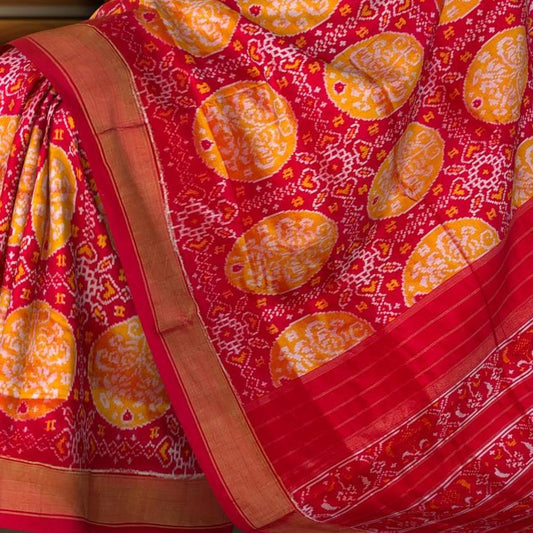

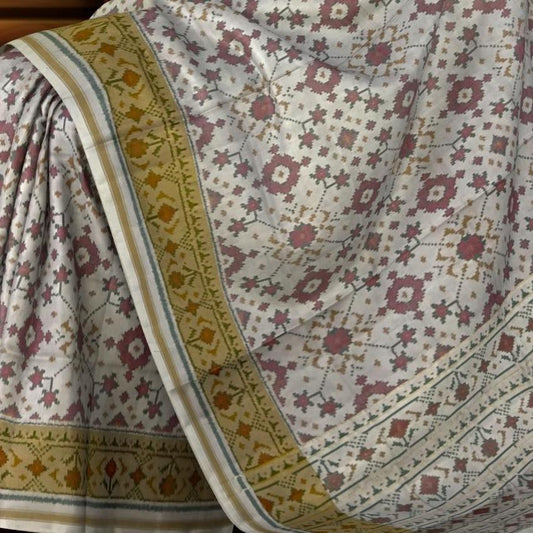
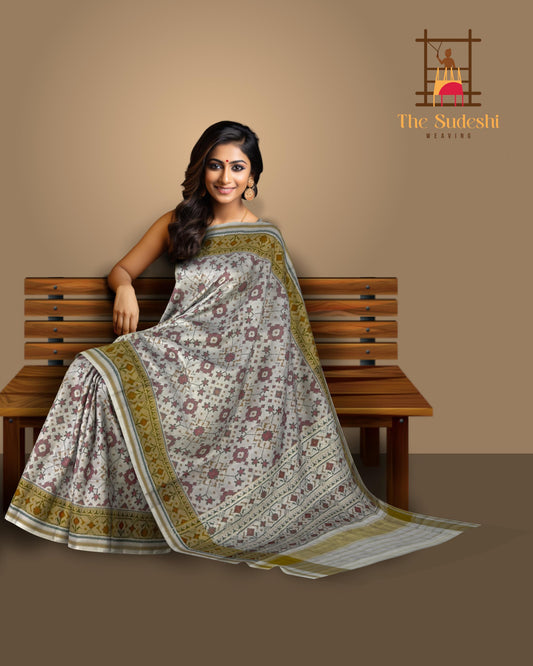
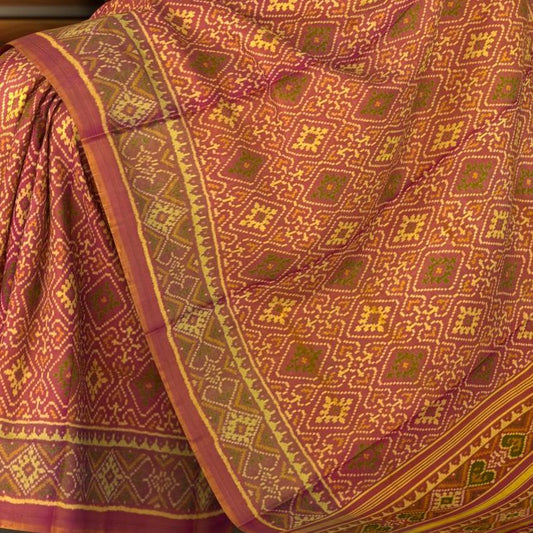
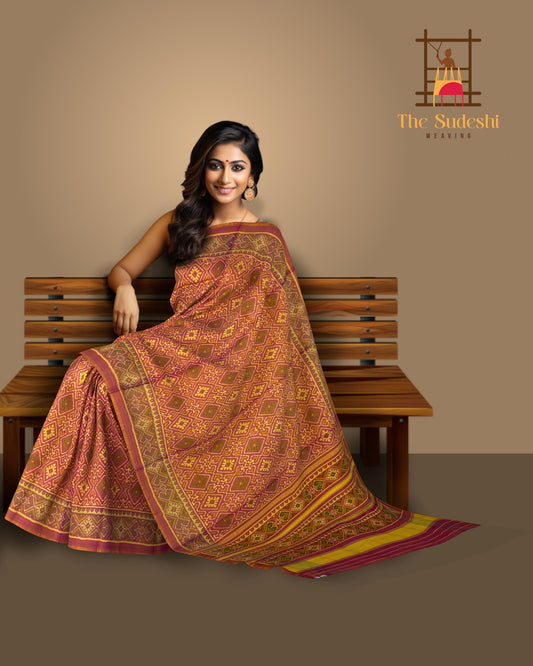
Leave a comment
Please note, comments need to be approved before they are published.